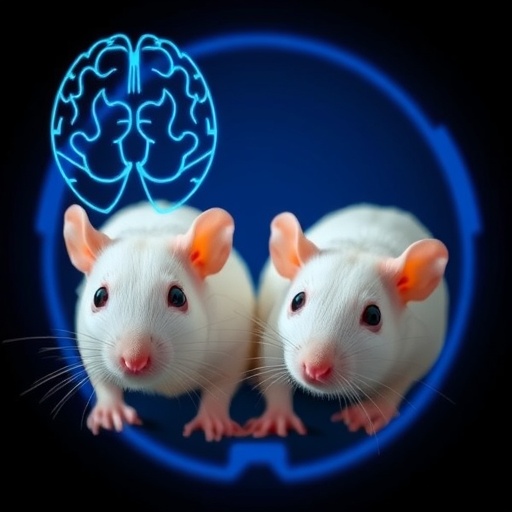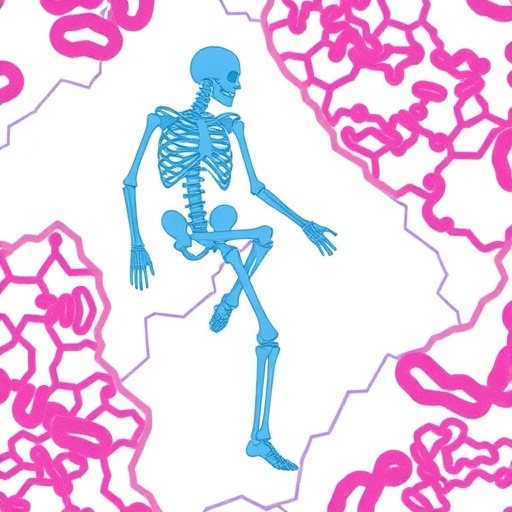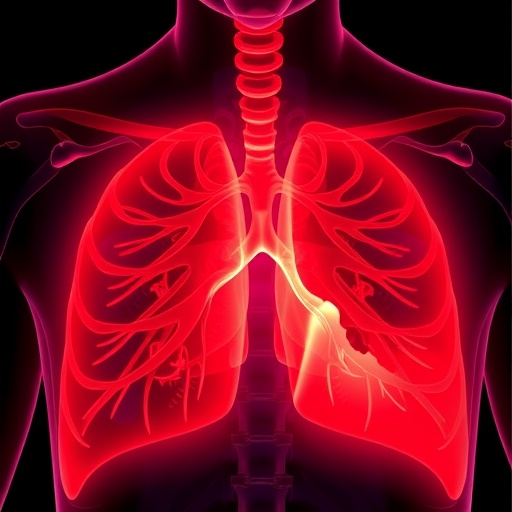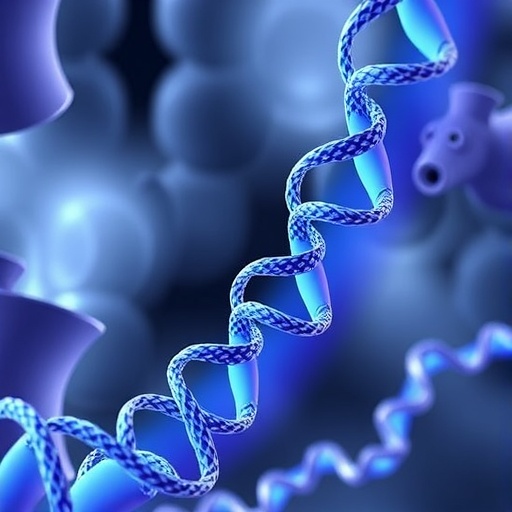PROTECT YOUR DNA WITH QUANTUM TECHNOLOGY
Orgo-Life the new way to the future Advertising by AdpathwayRecent advances in cardiology have shed light on the intricate relationship between sex, genetics, and heart disease. In a groundbreaking study conducted by Emerson, Shi, and Conlon, the researchers delved into the role of the A1BG gene and its relationship with dilated cardiomyopathy (DCM), particularly focusing on sex-specific responses. This work not only enhances our understanding of heart failure mechanisms but also hints at potential therapeutic targets that could significantly impact the treatment of DCM in females.
Dilated cardiomyopathy remains a critical health concern affecting millions globally, characterized by the heart’s inability to pump blood efficiently. The condition often leads to heart failure, necessitating a deeper exploration of its etiology. The A1BG gene, which codes for the alpha-1-B glycoprotein, plays an essential role in various cellular functions, including immune response and tissue repair. However, the ramifications of A1BG loss, particularly in female subjects, reflect the nuanced influence of sex on cardiac health.
In their study, the team employed advanced genetic and molecular techniques to investigate how the absence of the A1BG gene specifically influences cardiac function in females compared to males. Their findings reveal that female subjects exhibit a heightened susceptibility to DCM in the absence of A1BG. This observation suggests that females may possess a unique genetic predisposition that alters their cardiac response to stressors, underscoring the necessity for sex-specific approaches in cardiovascular research and treatment.
The implications of these findings extend beyond mere academic curiosity. The sex-specific response to A1BG loss raises crucial questions regarding personalized medicine; a paradigm shift is needed to tailor interventions based on the patient’s sex. As the medical community increasingly recognizes these differences, there is potential for more effective therapeutic strategies that cater to individual genetic profiles.
Moreover, the study introduces significant discussions about sex hormones and their interplay with genetic factors in cardiovascular diseases. Estrogen, for instance, has long been known to offer some protective benefits against heart disease in premenopausal women. However, the interaction between sex hormones and genetic predispositions like those seen with A1BG loss is complex. The study hints at the possibility that hormonal differences may exacerbate or help mitigate heart failure risk, necessitating further exploration into hormonal interactions with genetic markers.
Historically, research in cardiology has often overlooked the importance of gender differences. Many clinical trials have focused predominantly on male subjects, causing a gap in knowledge regarding how this disease operates in women. Emerson and colleagues’ work attempts to bridge this gap, highlighting how critical it is to include diverse subjects in cardiac research.
Incorporating sex as a biological variable in clinical studies could enhance our understanding of cardiovascular diseases and lead to improvements in diagnostic and treatment options for women. This shift could serve to maximize the efficacy of therapeutic interventions tailored to the biological and physiological differences between male and female patients.
Furthermore, the consequences of these findings extend to public health policies. With a growing recognition of the influence of sex on health outcomes, it is imperative for health organizations and policymakers to advocate for more inclusive research funding. Encouraging scientists to prioritize studies that focus on female-specific health issues could pave the way for advancements in the management of conditions like dilated cardiomyopathy.
Importantly, the study also emphasizes the necessity for broader education on heart disease, particularly among female populations. Heart disease often goes unrecognized as a leading cause of death for women, overshadowed by concerns for breast cancer and reproductive health. Raising awareness and debunking myths surrounding women’s heart health can empower more individuals to seek preventative care and understand the signs of worsening heart conditions.
Conclusion drawn from Emerson, Shi, and Conlon’s study aligns with the emerging consensus in the scientific community that sex-based differences must be recognized and integrated into research frameworks. The findings present a new lens through which physicians can evaluate heart disease risk, encouraging them to consider genetic factors alongside more traditional metrics.
Continued research into the molecular pathways influenced by A1BG could unveil additional mechanisms by which sex differences manifest in cardiovascular health. Understanding these relationships will be vital in developing innovative therapies that target the underlying causes of heart disease rather than simply alleviating symptoms. In a world increasingly focused on personalized medicine, insights from studies like this will be crucial in paving the way for advancements in reliable, effective treatments for heart diseases, particularly in women.
With the rapid evolution of genetic and biotechnological tools, futurist approaches in cardiology are probable, enabling researchers to decode complex interactions between genetics and gender. The collaboration between geneticists, biologists, and clinicians is essential in pursuing this ambitious quest for knowledge. As the field of cardiomyopathy research evolves, a systemic embrace of sex-specific studies will surely make headlines in scientific literature and clinical practice alike.
As awareness of the A1BG’s role in female dilated cardiomyopathy grows, the potential for developing targeted therapies becomes increasingly viable. The hope is to influence clinical outcomes for women suffering from heart disease by leveraging genetic insights to inform treatment strategies that are as unique as the patients themselves.
This study underscores the ever-pressing need to harmonize basic research findings with clinical practice. To effectively tackle the cardiovascular crisis facing women, the medical community must rally behind integrating new knowledge with actionable medical strategies. The advancements highlighted within this research offer a tantalizing window into the future of heart disease treatment, one that prioritizes patient-centered care informed by thorough scientific inquiry.
As the dialogue surrounding gender and health continues to evolve, researchers and healthcare providers alike must remain vigilant in advocating for a more inclusive approach to medical research. This not only enhances the broader understanding of health disparities but also empowers women with better healthcare options tailored to their unique biological realities.
Subject of Research: A1BG loss and its effects on female dilated cardiomyopathy
Article Title: Sex-specific response to A1BG loss results in female dilated cardiomyopathy
Article References:
Emerson, J.I., Shi, W. & Conlon, F.L. Sex-specific response to A1BG loss results in female dilated cardiomyopathy.
Biol Sex Differ 16, 27 (2025). https://doi.org/10.1186/s13293-025-00713-8
Image Credits: AI Generated
DOI: 10.1186/s13293-025-00713-8
Keywords: dilated cardiomyopathy, A1BG, sex differences, heart disease, personalized medicine, women’s health, genetic predisposition
Tags: A1BG gene and heart diseasecardiomyopathy research advancementscellular functions of alpha-1-B glycoproteindilated cardiomyopathy in femalesgender differences in cardiomyopathygenetic factors in heart failureheart disease and gender disparitiesimmune response and cardiac healthimpact of A1BG loss on femalesrole of A1BG in heart functionsex-specific responses in cardiac healththerapeutic targets for DCM


 6 hours ago
8
6 hours ago
8





















 English (US) ·
English (US) ·  French (CA) ·
French (CA) ·